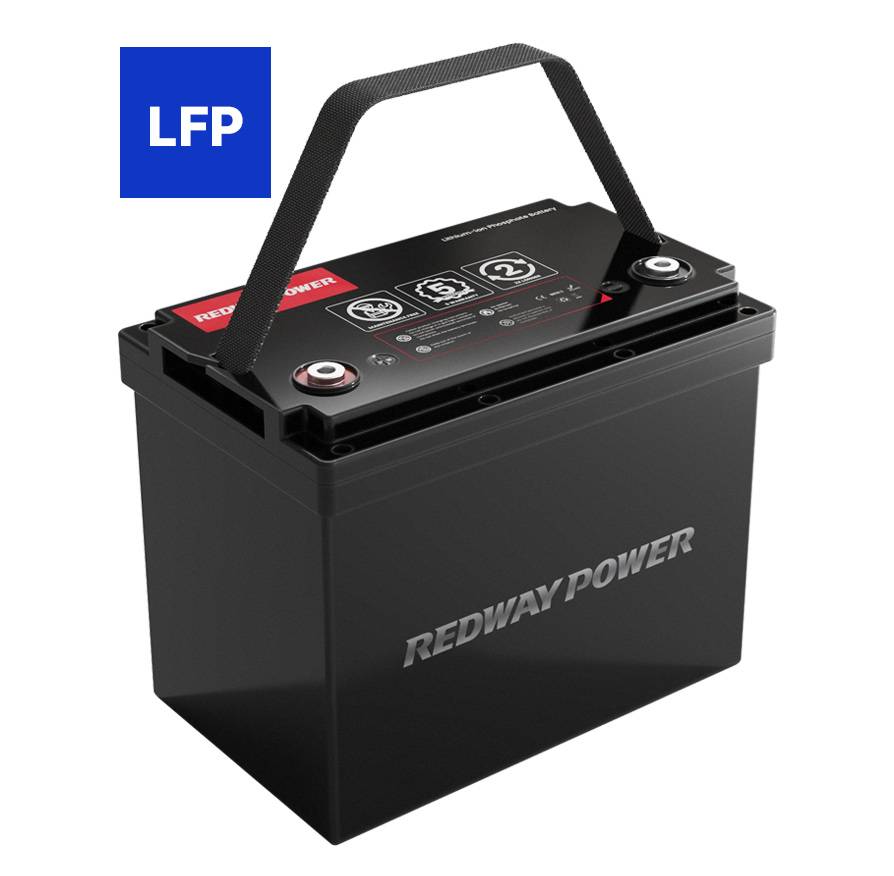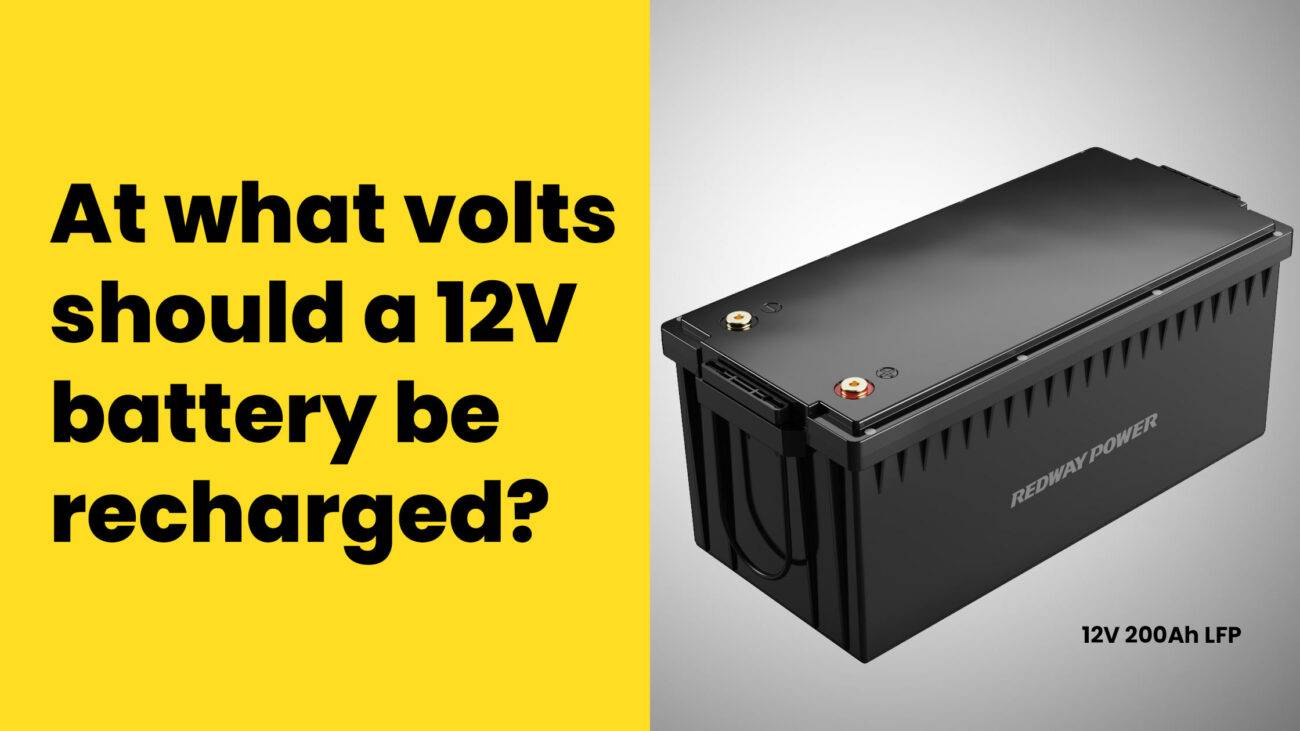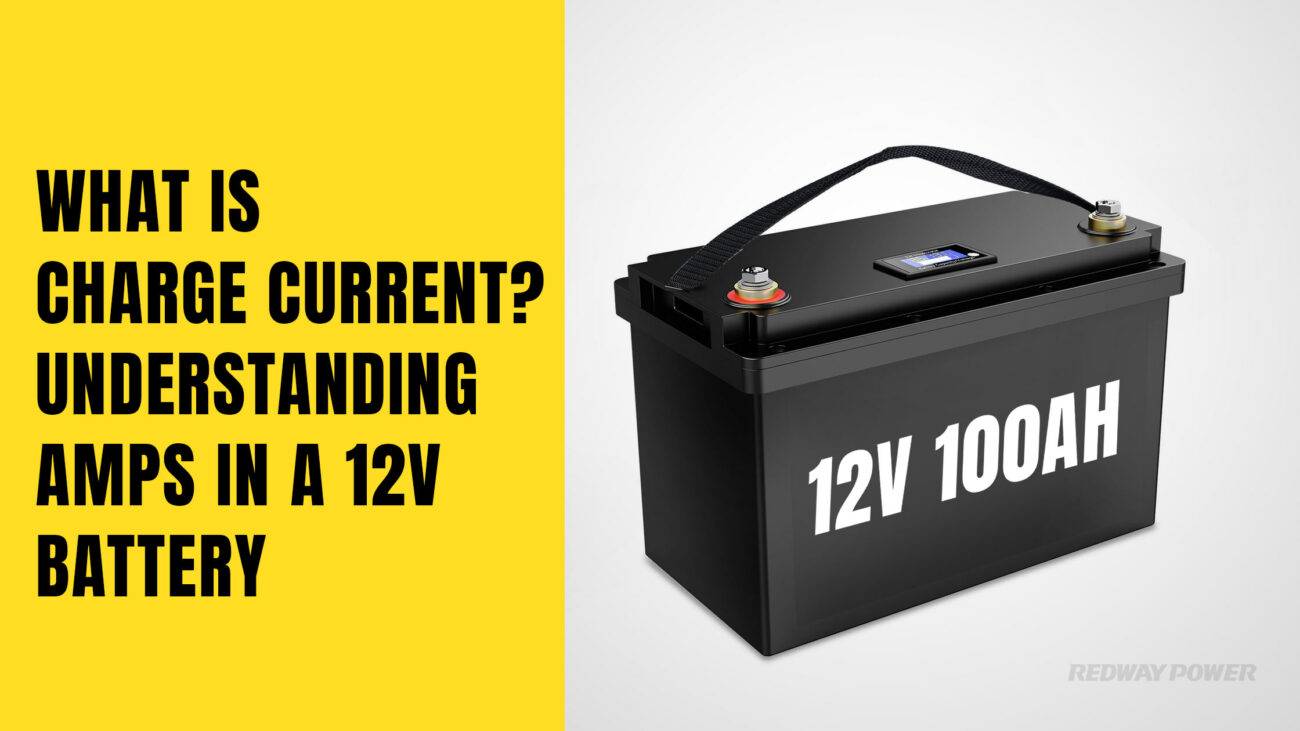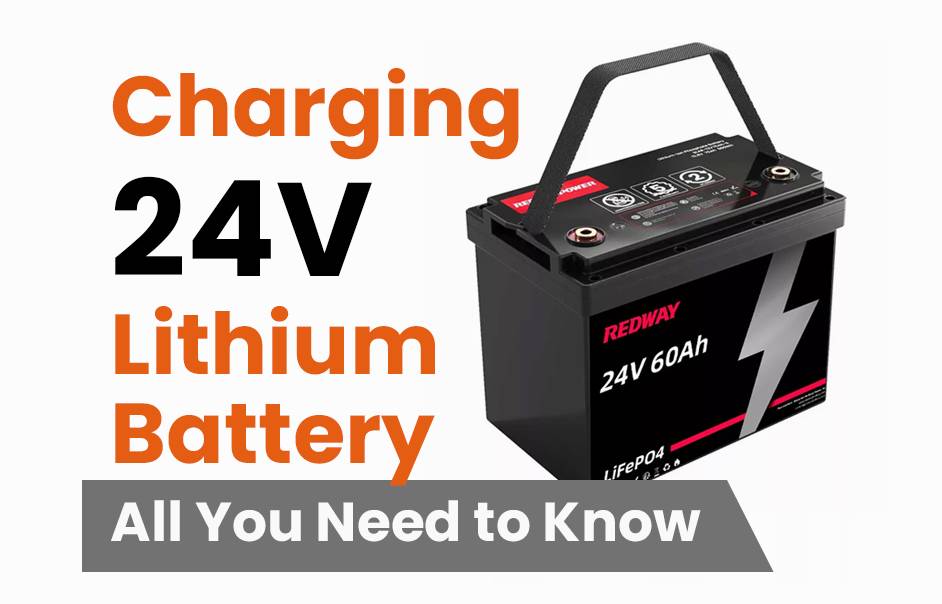- Forklift Lithium Battery
-
48V
- 48V 210Ah
- 48V 300Ah
- 48V 420Ah (949 x 349 x 569 mm)
- 48V 420Ah (950 x 421 x 450 mm)
- 48V 456Ah
- 48V 460Ah (830 x 630 x 590 mm)
- 48V 460Ah (950 x 421 x 450 mm)
- 48V 460Ah (800 x 630 x 600 mm)
- 48V 460Ah (820 x 660 x 470 mm)
- 48V 500Ah
- 48V 560Ah (810 x 630 x 600 mm)
- 48V 560Ah (950 x 592 x 450 mm)
- 48V 600Ah
- 48V 630Ah
-
48V
- Lithium Golf Cart Battery
- 12V Lithium Battery
12V 150Ah Lithium RV Battery
Bluetooth App | BCI Group 31
LiFePO4 Lithium
Discharge Temperature -20°C ~ 65°C
Fast Charger 14.6V 50A
Solar MPPT Charging - 24V Lithium Battery
- 36V Lithium Battery
- 48V Lithium Battery
-
48V LiFePO4 Battery
- 48V 50Ah
- 48V 50Ah (for Golf Carts)
- 48V 60Ah (8D)
- 48V 100Ah (8D)
- 48V 100Ah
- 48V 100Ah (Discharge 100A for Golf Carts)
- 48V 100Ah (Discharge 150A for Golf Carts)
- 48V 100Ah (Discharge 200A for Golf Carts)
- 48V 150Ah (for Golf Carts)
- 48V 160Ah (Discharge 100A for Golf Carts)
- 48V 160Ah (Discharge 160A for Golf Carts)
-
48V LiFePO4 Battery
- 60V Lithium Battery
-
60V LiFePO4 Battery
- 60V 20Ah
- 60V 30Ah
- 60V 50Ah
- 60V 50Ah (Small Size / Side Terminal)
- 60V 100Ah (for Electric Motocycle, Electric Scooter, LSV, AGV)
- 60V 100Ah (for Forklift, AGV, Electric Scooter, Sweeper)
- 60V 150Ah (E-Motocycle / E-Scooter / E-Tricycle / Tour LSV)
- 60V 200Ah (for Forklift, AGV, Electric Scooter, Sweeper)
-
60V LiFePO4 Battery
- 72V~96V Lithium Battery
- Rack-mounted Lithium Battery
- E-Bike Battery
- All-in-One Home-ESS
- Wall-mount Battery ESS
-
Home-ESS Lithium Battery PowerWall
- 24V 100Ah 2.4kWh PW24100-S PowerWall
- 48V 50Ah 2.4kWh PW4850-S PowerWall
- 48V 50Ah 2.56kWh PW5150-S PowerWall
- 48V 100Ah 5.12kWh PW51100-F PowerWall (IP65)
- 48V 100Ah 5.12kWh PW51100-S PowerWall
- 48V 100Ah 5.12kWh PW51100-H PowerWall
- 48V 200Ah 10kWh PW51200-H PowerWall
- 48V 300Ah 15kWh PW51300-H PowerWall
PowerWall 51.2V 100Ah LiFePO4 Lithium Battery
Highly popular in Asia and Eastern Europe.
CE Certification | Home-ESS -
Home-ESS Lithium Battery PowerWall
- Portable Power Stations
How Long Does It Take to Charge a 12V 100Ah Battery?
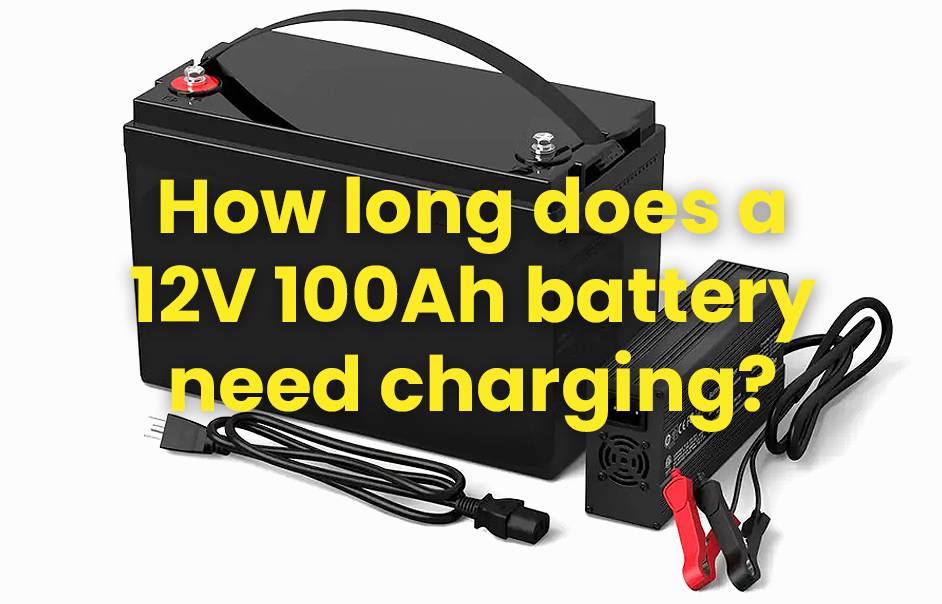
Charging a 12V 100Ah battery typically takes around 10 to 20 hours, depending on the charger used and the depth of discharge. Understanding the factors that influence charging time is essential for effective battery management and ensuring optimal performance.
What Is the Charging Time for a 12V 100Ah Battery?
The charging time for a 12V 100Ah battery varies based on several factors, including the charger’s output current and the battery’s state of charge. For instance, using a 10A charger can take approximately 10 hours to fully charge from a discharged state, while a 5A charger might take around 20 hours.Chart: Estimated Charging Times for a 12V 100Ah Battery
| Charger Output (Amps) | Estimated Charging Time |
|---|---|
| 10A | ~10 hours |
| 5A | ~20 hours |
| 2A | ~50 hours |
How Does Charger Output Affect Charging Time?
The output current of the charger significantly impacts how quickly a battery can be charged. Higher output chargers can replenish energy faster:
- Higher Amperage: A charger with higher amperage (e.g., 20A) will charge the battery much quicker than one with lower amperage.
- Lower Amperage: Conversely, using a lower amperage charger (e.g., 2A) will extend charging time considerably.
What Factors Influence Charging Time?
Several factors affect how long it takes to charge a battery:
- Battery State of Charge (SoC): A deeply discharged battery takes longer to charge than one that is partially charged.
- Charger Efficiency: The efficiency of the charger affects how much of the input power is effectively used for charging.
- Battery Type: Different types of batteries (e.g., lead-acid vs. lithium-ion) have different charging characteristics and times.
How Long Does It Take to Charge at Different Amps?
Charging times can vary widely based on the charging current applied:
- At 10 Amps: Approximately 10 hours to fully charge from a fully discharged state.
- At 5 Amps: Takes about 20 hours.
- At 2 Amps: Can take up to 50 hours, making it less efficient for larger batteries.
What Is the Formula for Calculating Charging Time?
To estimate how long it will take to charge a battery, you can use this simple formula:
Charging Time hours =Battery Capacity Ah Charging Current A
For example, if you are using a 10A charger on a 100Ah battery, it would take:
Charging Time=100 Ah10 A=10 hours
How Do Battery Types Impact Charging Duration?
Different types of batteries have unique charging characteristics:
- Lead-Acid Batteries: Typically require longer charging times due to their chemistry and design.
- Lithium-Ion Batteries: Generally charge faster and can handle higher charging currents without damage, often reaching full charge in less time compared to lead-acid batteries.
How Can You Optimize the Charging Process?
To optimize charging time and efficiency:
- Use an Appropriate Charger: Ensure your charger matches your battery type and capacity.
- Monitor Temperature: Keep batteries in a temperature-controlled environment during charging.
- Avoid Deep Discharge: Regularly recharge batteries before they reach low voltage levels to reduce overall charging time.
What Are Common Mistakes to Avoid When Charging?
Avoid these common mistakes when charging batteries:
- Using Incompatible Chargers: Always use chargers designed for your specific battery type.
- Ignoring Manufacturer Guidelines: Follow manufacturer recommendations regarding charging currents and times.
- Neglecting Maintenance: Regularly check battery health and connections; poor maintenance can lead to inefficient charging.
Tips for Battery Wholesale Buyers
When selecting batteries for OEM applications, consider:
- Performance Requirements: Assess energy density, cycle life, and discharge rates needed for your application.
- Cost Efficiency: Evaluate both initial costs and long-term savings associated with battery longevity and maintenance.
- Supplier Reliability: Partner with established manufacturers like Redway Power, which offers high-quality lithium battery solutions backed by over 13 years of experience.
By understanding these factors, buyers can make informed decisions that enhance their product offerings while optimizing performance.
Redway Power Expert Views
“Understanding charging times is critical for anyone working with batteries,” states an expert from Redway Power. “Properly managing each phase not only extends battery life but also enhances safety during operation.”In conclusion, knowing that charging a 12V 100Ah battery typically takes between 10 to 20 hours, depending on various factors, is vital for maintaining its health and performance across various applications.
FAQ Section
- How long does it take to charge a fully discharged 12V 100Ah battery?
It typically takes around 10 hours with a 10A charger or 20 hours with a 5A charger. - What factors affect charging time?
Factors include battery state of charge, charger efficiency, and battery type. - How do I calculate charging time?
Use the formula: Charging Time (hours) = Battery Capacity (Ah) / Charging Current (A). - What should I avoid when charging my battery?
Avoid using incompatible chargers and neglecting maintenance; always follow manufacturer guidelines. - Can I use any charger for my deep cycle battery?
No, always use chargers specifically designed for your type of battery to ensure safe and effective charging.














